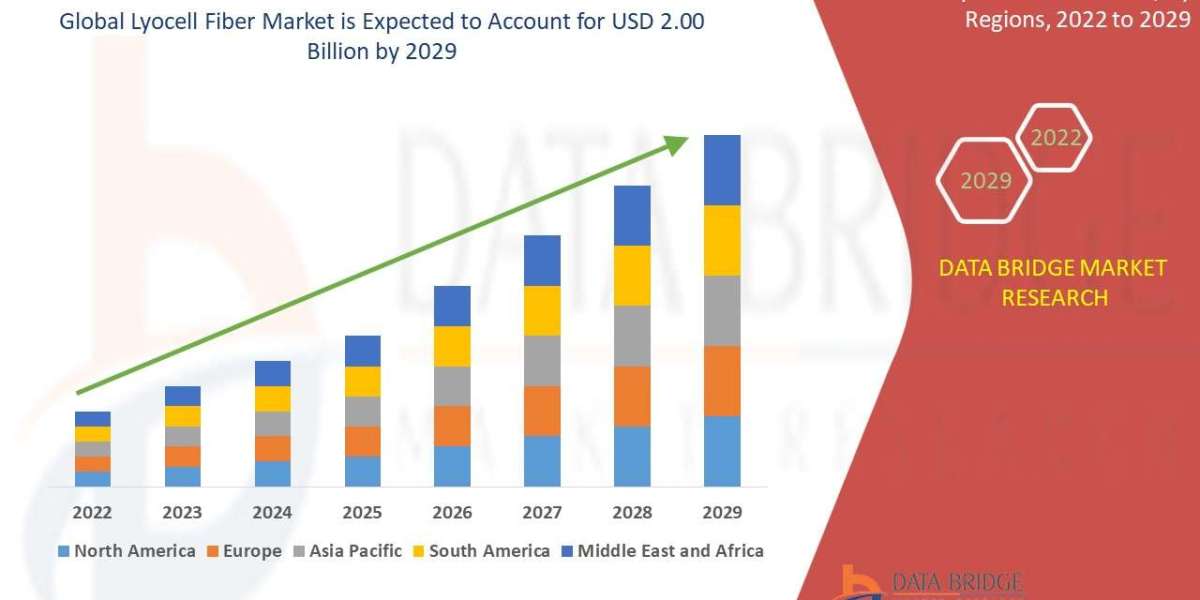Supply chain management (SCM) encompasses a wide range of activities that are essential for the smooth and efficient functioning of businesses. Each element plays a critical role in ensuring that goods and services move from suppliers to customers seamlessly. This blog will define the key elements of supply chain management and explore their importance.
Procurement: The Starting Point
Procurement is the process of obtaining goods and services from external sources. It is the first step in the supply chain and sets the foundation for all subsequent activities.
Supplier Selection: Choosing reliable suppliers who can deliver quality products on time.
Negotiation: Securing favorable terms and prices from suppliers.
Contract Management: Ensuring that contracts are adhered to and managed effectively.
Sourcing Strategy: Developing a strategy for sourcing materials and services.
Risk Management: Identifying and mitigating risks associated with suppliers.
Sustainability: Ensuring that procurement practices are environmentally friendly and sustainable.
Manufacturing: Transforming Inputs into Outputs
Manufacturing involves converting raw materials into finished products. This element is crucial for adding value to the inputs and producing goods that meet customer demands.
Production Planning: Scheduling production activities to meet demand.
Process Optimization: Improving production processes for efficiency and quality.
Quality Control: Ensuring that products meet specified standards.
Lean Manufacturing: Reducing waste and improving productivity.
Capacity Management: Balancing production capacity with demand.
Automation: Using technology to streamline production processes.
Inventory Management: Balancing Supply and Demand
Inventory management involves overseeing the flow of goods from suppliers to warehouses and then to customers. It ensures that there is enough stock to meet demand without overstocking.
Stock Levels: Maintaining optimal stock levels to prevent stockouts and overstocking.
Reorder Point: Determining when to reorder stock to avoid shortages.
Safety Stock: Keeping extra stock to cushion against demand variability.
Inventory Turnover: Measuring how often inventory is sold and replaced.
Storage Solutions: Implementing efficient storage systems.
Inventory Tracking: Using technology to track inventory levels in real-time.
Logistics: Moving Goods Efficiently
Logistics involves the transportation and storage of goods. It is essential for ensuring that products are delivered to customers on time and in good condition.
Transportation: Selecting the best modes of transport for efficiency and cost-effectiveness.
Warehousing: Storing goods safely and efficiently.
Distribution: Ensuring that goods are delivered to the right place at the right time.
Route Optimization: Planning the most efficient routes for transportation.
Freight Management: Managing the costs and logistics of shipping goods.
Reverse Logistics: Handling returns and recycling of products.
Demand Planning: Predicting Customer Needs
Demand planning is the process of forecasting customer demand to ensure that supply meets demand. It is vital for efficient inventory and production management.
Forecasting: Using historical data and market trends to predict future demand.
Sales and Operations Planning (S&OP): Aligning sales and production plans to meet demand.
Market Analysis: Analyzing market conditions to understand demand drivers.
Collaboration: Working with suppliers and customers to improve forecast accuracy.
Scenario Planning: Preparing for different demand scenarios.
Technology Use: Leveraging technology for accurate demand forecasts.
Order Fulfillment: Delivering on Promises
Order fulfillment is the process of receiving, processing, and delivering orders to customers. It is a critical element that directly impacts customer satisfaction.
Order Processing: Efficiently processing customer orders.
Picking and Packing: Selecting and packaging products for shipment.
Shipping: Ensuring timely and accurate delivery of orders.
Customer Service: Providing excellent service to address customer inquiries and issues.
Returns Management: Handling returns efficiently.
Performance Metrics: Measuring order fulfillment performance to identify improvements.
Customer Relationship Management: Building Trust
Customer Relationship Management (CRM) involves managing interactions with customers to build long-term relationships and loyalty.
Customer Data: Collecting and analyzing customer data to understand their needs.
Communication: Maintaining open lines of communication with customers.
Feedback: Gathering and acting on customer feedback to improve products and services.
Personalization: Offering personalized experiences to customers.
Loyalty Programs: Implementing programs to reward loyal customers.
Customer Support: Providing excellent customer support to resolve issues.
Supplier Relationship Management: Ensuring Collaboration
Supplier Relationship Management (SRM) focuses on building and maintaining strong relationships with suppliers to ensure a reliable supply chain.
Supplier Evaluation: Regularly evaluating supplier performance.
Collaboration: Working closely with suppliers for mutual benefit.
Conflict Resolution: Addressing and resolving conflicts with suppliers.
Innovation: Encouraging suppliers to innovate and improve.
Risk Sharing: Sharing risks with suppliers to foster collaboration.
Long-term Partnerships: Building long-term partnerships with key suppliers.
Technology Integration: Enhancing Efficiency
Technology integration in SCM involves using advanced technologies to improve efficiency, accuracy, and visibility in the supply chain.
Automation: Automating routine tasks to reduce errors and increase efficiency.
Data Analytics: Using data analytics to gain insights and make informed decisions.
IoT: Leveraging IoT for real-time tracking and monitoring of goods.
Blockchain: Using blockchain for secure and transparent transactions.
ERP Systems: Integrating ERP systems for seamless information flow.
AI and Machine Learning: Utilizing AI and machine learning for predictive analytics.
Risk Management: Mitigating Uncertainties
Risk management in SCM involves identifying, assessing, and mitigating risks to ensure a resilient supply chain.
Risk Identification: Identifying potential risks in the supply chain.
Risk Assessment: Assessing the impact and likelihood of risks.
Contingency Planning: Developing plans to address potential disruptions.
Diversification: Diversifying suppliers and sources to reduce dependency.
Insurance: Using insurance to protect against unforeseen events.
Continuous Monitoring: Continuously monitoring the supply chain for risks.
Sustainability: Building a Green Supply Chain
Sustainability in SCM involves implementing practices that reduce environmental impact and promote social responsibility.
Green Procurement: Sourcing materials that are environmentally friendly.
Energy Efficiency: Improving energy efficiency in manufacturing and logistics.
Waste Reduction: Reducing waste through recycling and reuse.
Carbon Footprint: Minimizing the carbon footprint of supply chain activities.
Ethical Practices: Ensuring ethical practices in the supply chain.
Compliance: Complying with environmental regulations and standards.
Performance Measurement: Tracking Success
Performance measurement in SCM involves tracking key performance indicators (KPIs) to ensure that supply chain activities are aligned with business goals.
KPIs: Identifying and tracking key performance indicators.
Benchmarking: Comparing performance against industry standards.
Continuous Improvement: Implementing continuous improvement initiatives.
Cost Management: Managing costs to improve profitability.
Efficiency Metrics: Measuring efficiency in various supply chain activities.
Customer Satisfaction: Monitoring customer satisfaction levels.
Conclusion
The elements of supply chain management are interdependent and crucial for the overall success of a business. By understanding and effectively managing these elements, businesses can improve efficiency, reduce costs, and enhance customer satisfaction. Embracing advanced technologies and sustainable practices will further strengthen supply chains, ensuring resilience and competitiveness in a dynamic market environment.
Predict your sales volume and demand trends with our Artificial Intelligence-based SaaS platform visit: https://thousense.ai/
Source: https://bresdel.com/blogs/560574/How-Are-the-Elements-of-Supply-Chain-Management-Defined







